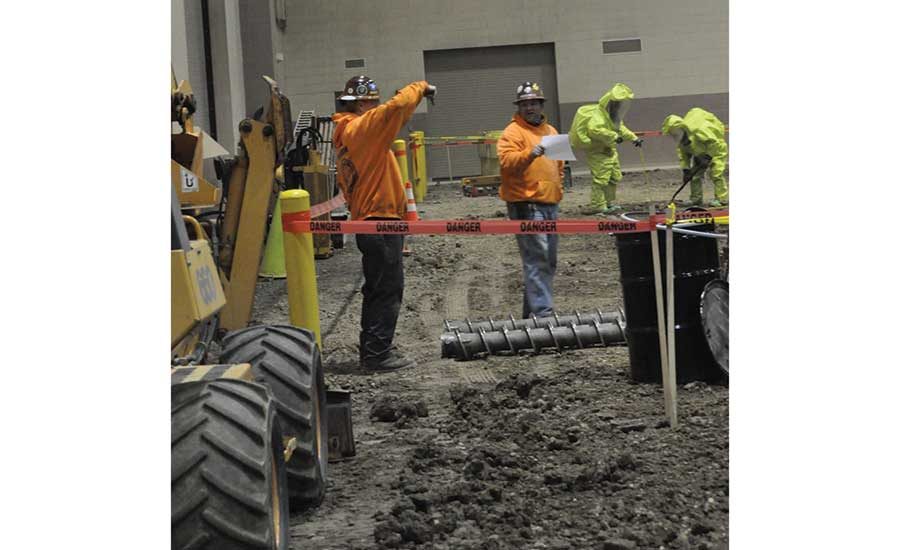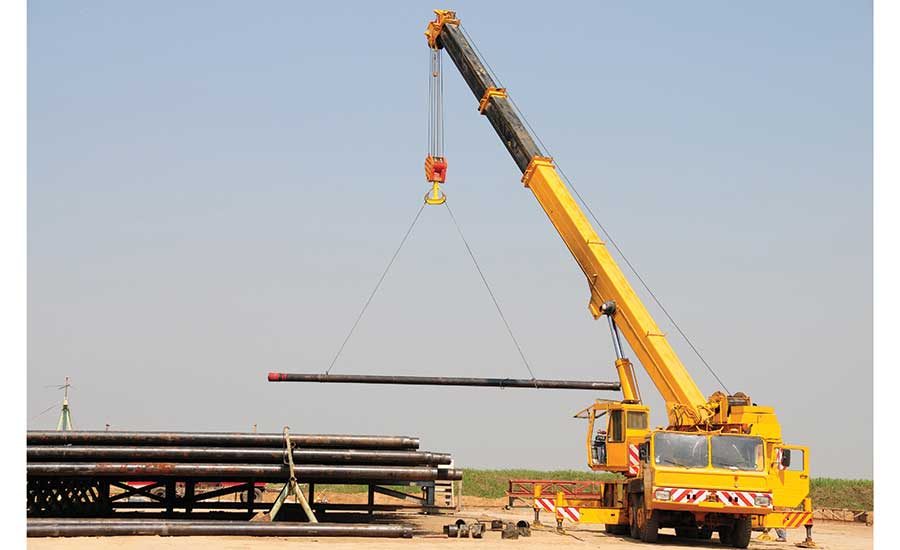Well Drillers Can Benefit from Lessons of Other Industries

Drillers can pull expertise from different industry backgrounds, like in this HAZWOPER training at the Apprenticeship and Skill Improvement Program (ASIP) William E. Dugan Training Center.
Source: Dave Bowers



Every year, most of us in the water well industry go to our national or state conferences and commiserate with our fellow drillers. One of the things we all like to do is talk about the work and how others overcame the problems we all encounter. We go to presentations and see vendors, looking for that next “big” thing that could save us money or give us an advantage over our competitors. Maybe there are lessons we could learn from other industries that could have an impact on our industry. We may even find ways to improve our safety culture.
I have been lucky enough to work with great people from other trades. I have also gotten the chance as an instructor to research different methodologies. Looking at other industries’ experiences provides us with the opportunity to lessen the growing pains of nurturing the drilling industry into a model for safety and sustainability in the 21st century. Gone are the days of production is king, and “I don’t have time for that.” We are mobilizing huge amounts of money in capital equipment to the jobsite. The cost of insuring that equipment and our employees highlights the importance of creating a safety culture within an organization. Just as important is collaboration within the industry, to provide all workers with the training and guidance for them to succeed in working safely and productively.
What is a safety culture? Your company may already have a safety program in place, which is usually an outline of how the company will address OSHA compliance issues and employee injuries. Culture takes that further, and can be defined as the sum of the way things are done in a company. A culture includes values and beliefs. Any ideal that brings all levels within the organization together to work on a common goal will strengthen organizational culture. As a goal, aiming for exemplary worker safety and health can do this. Once an organization gets buy-in, it can effectively implement change. Top management must lead the way in all cultural changes, whether on a corporate or industry level. Establishing a safety culture like this can be a big task for a company. Many owners and managers could feel overwhelmed by a total overhaul of their safety program.
Not to worry. Many hazardous industries, like aviation, mining and healthcare, and large companies in the construction industry, the oil and gas industry, and manufacturing already have mature safety culture initiatives. These can serve as a model for a drilling company to improve specific safety issues, while having the added benefit of improving morale among employees. I believe we as an industry need to implement some of these topics into programs at our conferences.
“All of us must come to terms with the fact that we don’t know what we don’t know. But we must also ask ourselves, ‘Who does know?’ and ‘How do they do it?’”
On that note, I have been asked by my state’s geothermal conference to bring back a talk I did a few years ago at Groundwater Week on wire rope inspection and maintenance. I initially wanted to develop a new talk for this conference, but after speaking with the conference director, he convinced me to repeat the talk. I mention this because I am not a wire rope expert, in my opinion. However, in my job as an instructor for a training facility, I have been blessed to work with a mentor who is both a crane operator by trade, and a safety and health expert. He has helped me to develop a curriculum of wire rope inspection for drillers. If it were not for working alongside this person, who has a background in a different industry, my understanding of this topic would be limited only to my experience.
Being able to pull information from an industry with a much deeper experience in this topic highlighted the shortcomings of our industry when it comes to wire rope safety. Is this shortcoming my opinion? “How would people react?” I asked myself prior to giving this talk at the 2016 NGWA expo. Judging by the comments and feedback after giving this presentation, it is something the water well, geothermal and geotechnical drilling industries can and should improve on.
We may not have to look that far. We, after all, are the little brother of the oil and gas industry. API already has standards (API RP 2D: Recommended Practice for Operation and Maintenance of Offshore Cranes, API RP 9B: Recommended Practice on Application, Care and Use of Wire Rope for Oilfield Service, API RP 54: Recommended Practices for Occupational Safety for Oil and Gas Well Drilling and Servicing Operations, ASME B30.5) that mirror many of the crane industry standards (OSHA 1926.1400: Subpart CC Cranes and Derricks in Construction, ANSI / ASME B30.5 – 2014). Both of these industries have larger resources than our own, as well as a more developed safety program when it comes to the topic of wire rope. There is no need to reinvent the wheel. Our industry can learn from what others have already done.
To check out more of our columns, click here!
Everyone wants to be safe. All companies want to be profitable. No one wants to live with the regret of someone being hurt or killed if they think something could have been done differently. All of us must come to terms with the fact that we don’t know what we don’t know. But we must also ask ourselves, “Who does know?” and “How do they do it?”
Looking for a reprint of this article?
From high-res PDFs to custom plaques, order your copy today!








